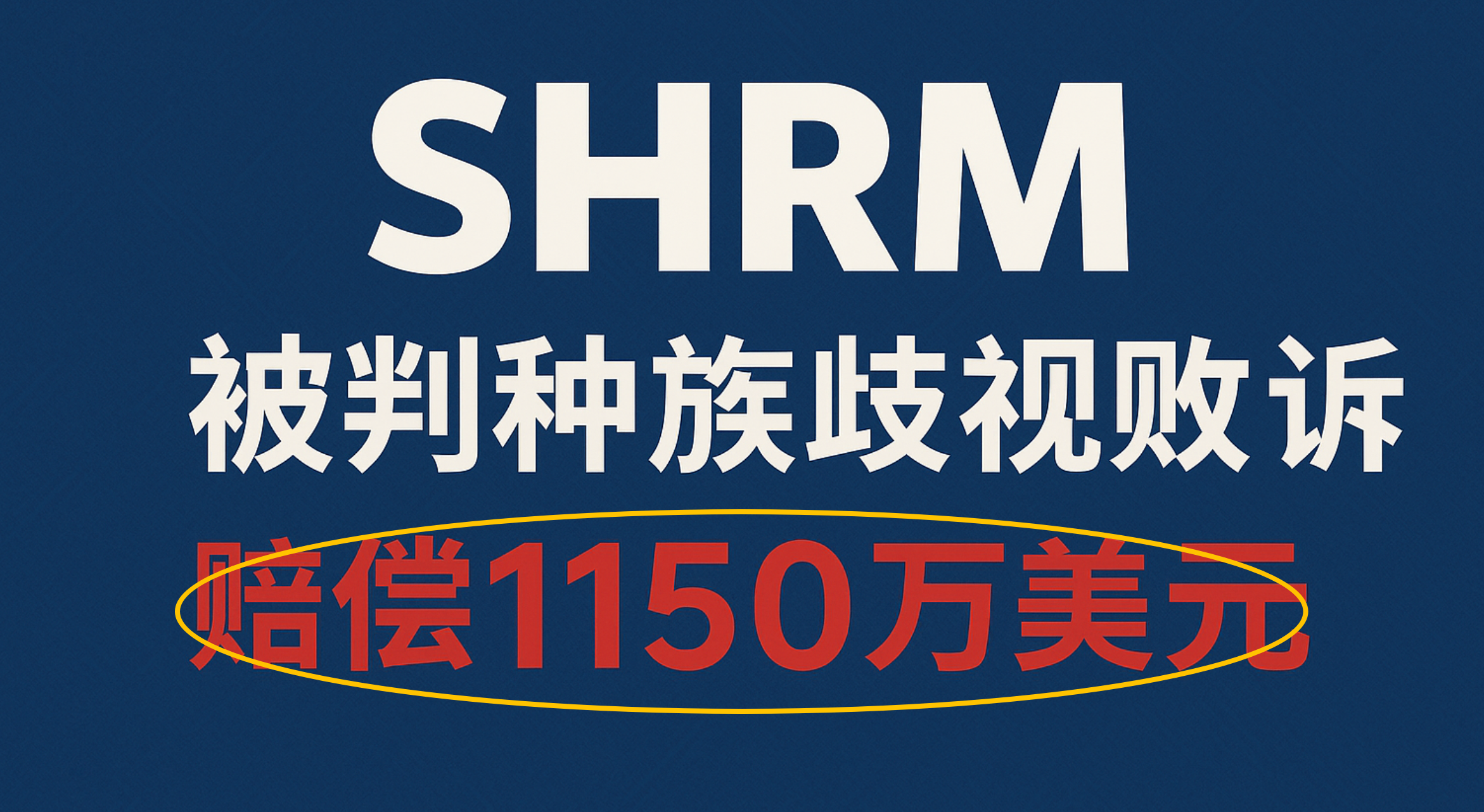受漫长的疫情影响以及网络通讯日益方便迅捷,居家办公了越来越合理化。居家办公成为职场大势,而管理者通常认为居家办公会严重影响员工工作效率。事实上,与其一味心里过滤不如正视其好处,适应混合式和多元化工作。

想了解居家办公问责制,就要知道是居家办公问责制的什么,其好处是什么,以及七个改善团队或企业问责制的方法。
居家办公(WFH)是许多美国专业人士的新型常态,无论是全职的远程工作还是混合式工作。然而,这种工作制度给企业和员工带来许多利益的同时也带来了特别的挑战——尤其是问责制的问题。没有了传统的办公环境,办公效率以及办公可靠度就需要刻意努力和有效的策略来维持。
在这篇文章中,我们将探讨如何改善居家办公的问责制,让个人和团队在这种新的工作环境下蓬勃发展。
What is work-from-home accountability?
什么是居家办公问责制?
Accountability is taking ownership of one’s actions, decisions and outcomes in the remote work context. This means being responsible for meeting deadlines, maintaining quality levels and honoring commitments made to colleagues and stakeholders.
When working from home, it’s important to establish clear expectations and guidelines for accountability. This includes:
- Defining specific goals and objectives
- Setting realistic deadlines
- Providing regular feedback
- Giving support
Accountability in remote work also requires effective communication. Inform all team members about progress, challenges and any changes that may affect the workflow. This promotes transparency and allows for better collaboration and problem-solving among teams.
Benefits of work-from-home accountability
居家办公问责制的好处
To enhance accountability in
remote work, it’s important to recognize its significance. Some of the benefits of focusing on accountability in remote workers include:
- Improved responsibility: When people hold themselves accountable for their work, they’re more likely to step up and take responsibility for the outcome of their tasks. This also gives employees a sense of accomplishment and improves job satisfaction.
- More transparency: When you set clear expectations for remote teams, it’s easier for them to be clear about what they’re working on and when they may need help. This also increases trust among team members.
- Improved collaboration: Remote team accountability helps employees collaborate by outlining who’s responsible for what, so they know who to communicate with to ensure work is completed.
- Fewer missed deadlines: When working remotely, it’s easy to let deadlines slide past without colleagues reminding you when work is due. Improving accountability among WFH team members helps reduce the number of missed deadlines and streamlines workflows.
- Better work-life balance: Accountability also improves work-life balance for employees by making sure no team members have to pick up the slack for others.
7 ways to improve work-from-home accountability
改善居家办公问责制的7个方法
Leaders and managers can establish and improve WFH accountability through a few methods. Every organization is different, so you’ll need to find what works best for your situation.
1. Set a clear WFH policy
建立明确的WFH政策
The first step in establishing WFH accountability is to have a clear
policy in place. It’s a good idea to ensure team members have buy-in so they don’t feel that they can’t follow the rules. Some items your policy should cover should include expected working hours, hybrid schedules and
technology usage policies. Some
virtual teams may work on their own schedules and timelines while others will need to have set hours in place to ensure collaboration. Many virtual teams will need more structure than others. It’s important your policy encompasses the best system for your entire organization. Work with your managers and team leaders to find out what policies will work best for everyone.
2. Clarify responsibilities
明确职责
If employees know what’s expected of them, they’ll be more likely to hold themselves accountable to those expectations. Make sure you set clear goals, deadlines and benchmarks so employees can hold themselves to them. Workers need to know what they’re responsible for and who to ask if a project is running late or they need more help. Key performance indicators (KPIs) help teams measure the quality and efficiency of their work to make changes where needed. This is particularly important in a
remote work environment where team members don’t have regular physical interactions with each other.
3. Provide the right tools
提供合适的工具
Remote employees may need additional technology and tools to communicate, collaborate and complete tasks. Make sure you provide your teams with the right technology to help them meet goals and stay on track. Virtual teams will need the right communication tool for team meetings, plus project management and collaboration tools to keep each other accountable in real time. Time management and tracking tools help teams determine how to assign project deadlines and prioritize as well. Cloud-based systems help employees work from anywhere and at any time, helping them complete projects when working from home or traveling. Leadership also needs specialized software like
ActivTrak to maintain visibility and manage hybrid and remote workforces.
4. Encourage clear communication
鼓励清晰的交流
The best-performing virtual teams are those who can communicate regularly and clearly about their work. Many of the tools you provide your team members will help them communicate about work status, bottlenecks and processes. However, you should also encourage communication among teams through other means, such as weekly newsletters and quarterly all-staff meetings. Just make sure that you’re not scheduling
unnecessary meetings for your team’s needs.
5. Give regular check-ins
日常打卡
Beyond clear communication about the team or organization as a whole, structured check-ins for individual employees helps ensure work-from-home policies are working for each person. Give employees a chance to voice their concerns with existing policies or let their managers know where they may be struggling. This also provides an opportunity for managers to help employees see where they’re hitting goals or where they may need to work harder. WFH environments may change over time as your team members and their needs change, so flexibility and regular feedback are key.
6. Measure productivity
衡量工作效率
Remote employee management requires understanding how your teams work best and what blockers may keep them from productivity. One way to make sure you’re setting realistic goals and that team members are accountable for their work when they work from home is to monitor productivity. There are many
benefits to using WFH productivity tracking software like ActivTrak, including helping team members with time management, task management and accountability. It also gives your leaders insight to make decisions driven by data rather than guesswork, so you can see where workflows and processes may need tweaking or what’s working for your remote teams. You can also see if team members may be working too much or too little and
redistribute the workload as needed.
7. Reward employees for achievements
员工成就奖励
Create a culture of
engagement by rewarding employees for being accountable and meeting (or exceeding) expectations. Bonuses, extra paid time off or gifts can be special rewards, but even publicly praising employees for their contributions can go a long way toward improving accountability in your team. Other rewards can include new opportunities to further their careers or take on new challenges. Different teams and employees will have different needs for feeling valued and rewarded, so let your managers find the best way to let employees know they’re appreciated.
Use ActivTrak to improve work-from-home accountability
If you’re ready to take the next step to enhance work-from-home accountability for your team, ActivTrak offers a comprehensive
workforce analytics platform customizable to your needs. Get insights to assess and improve employee productivity and well-being and gain visibility into how work gets done within your company. Use data to inform key decisions and optimize outcomes for your remote or hybrid teams. To see how
ActivTrak can empower your team,
contact our sales team for a free demo.
SOURCE ActivTrak





 扫一扫
添加客服
扫一扫
添加客服
